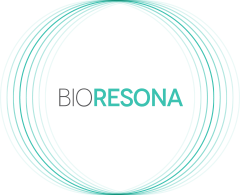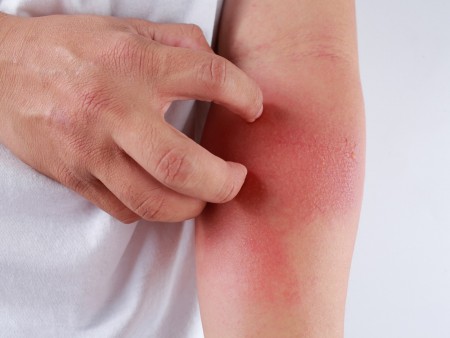Dermatitis in ekcemi
More than 50% of all skin diseases are categorized as eczema/dermatitis. These terms describe inflammatory skin conditions associated with symptoms such as redness and swelling, itching and scratching.
Some people have a hereditary allergic tendency called atopic dermatitis (neurodermatitis). The majority of eczema cases are atopic; these patients frequently also have other allergic diseases such as asthma, hay fever, hives or rhinitis.
Contact eczema or contact dermatitis is also common, e.g. sensitization to nickel in jewelry or to plant contact. Other triggering substances include irritating chemicals, especially in professional contexts:
- shampoos in hair salons
- chromium-containing cement in construction
- latex gloves in medicine and other professions
In atopic patients, rashes usually first develop on the face, especially on the cheeks and on the chin. Some patients may also develop rashes on the elbows, knees, buttocks, ankles and wrists.
Today, atopic dermatitis is becoming increasingly common in children.
Subscribe to our newsletter
Subscribe to our newsletter and stay up-to-date on events, campaigns, benefits.
We will keep you up to date with our news once a month.
Center Komplementarne medicine, Antonina Rome in partnerji, d.o.o., All rights reserved
Website developed by:Izdelava spletnih strani - Spletna postaja


